
OpenTopic is a news curation service which allows you to aggregate, monitor and filter any number of sources and to publish and share your selected ones to you selected outlets: from your WordPress site, to your social media channels and to your email newsletter engine. Within OpenTopic you can create one or more “Topic” dashboards. These are essentially display pages that aggregate incoming fresh content from the sources you specify. You can jump from one Topic dashboard to the next at the click of your mouse. To curate stories you simpy select the ones that are relevant to your audience and you are provided with an editing module to modify and personalize the story content. At this point you can also select on which one of your outlets (Channels) that story will be published and you can customize the story differently for each one of them. There is even an option that allows you to set-up some form of automated curation, by giving you the option to set up a set of simple rules, which when match, will trigger the publishing of a news story. OpenTopic allows you to hook up to an extended number of possible Channels, making it easy for you to post from one location to your web site, RSS feed, social media and newsletter. Last but not least, OpenTopic integrates a full analytics service, capable of reporting and showcasing the performance of your curation work across stories and distribution channels. My comment: Excellent tool for social media and community managers, as well as web marketing specialists in need to support effectively the finding of relevant news on a topic and the easy publishing to different channels from a centralized platform. Easy to use.
Request an invite here: opentopic
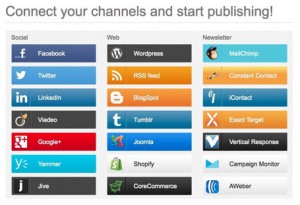


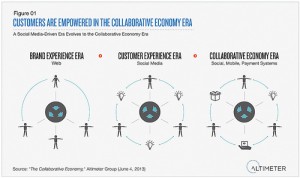
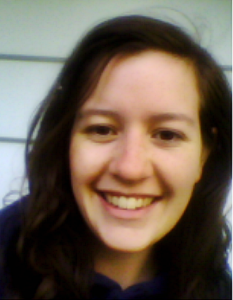
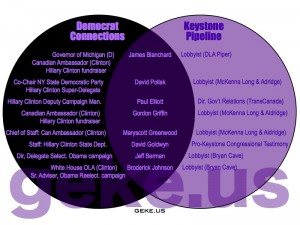

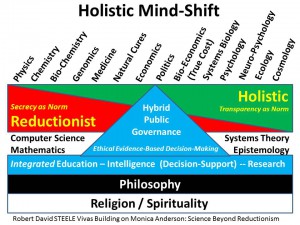

 Ecovative’s environmentally responsible products can replace materials ranging from petroleum based expanded plastics (like Styrofoam™) to particle board made using carcinogenic formaldehyde. Our materials are 100% renewable, and primarily made from agricultural byproducts. These low-embodied energy materials can be home composted when they’re no longer needed.
Ecovative’s environmentally responsible products can replace materials ranging from petroleum based expanded plastics (like Styrofoam™) to particle board made using carcinogenic formaldehyde. Our materials are 100% renewable, and primarily made from agricultural byproducts. These low-embodied energy materials can be home composted when they’re no longer needed.